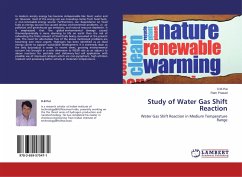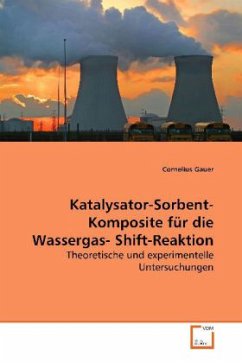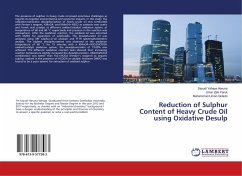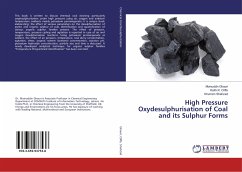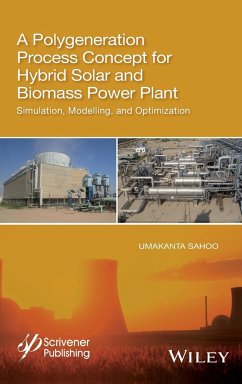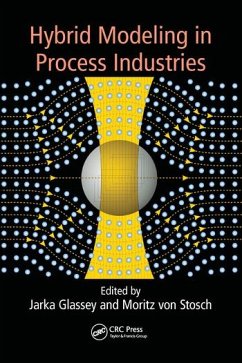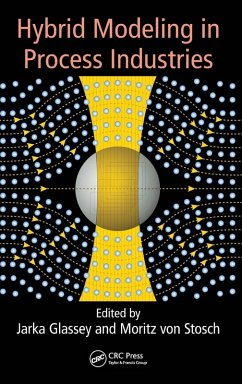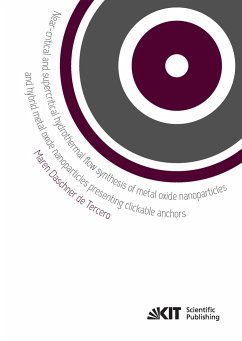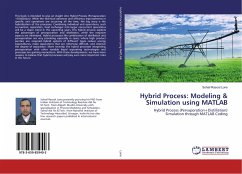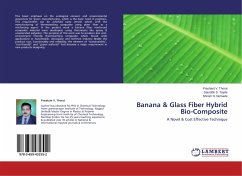
WATER GAS SHIFT AND HYBRID SULPHUR PROCESS COUPLING
AN INVESTIGATION INTO THE FEASIBILITY OF APPLYING WATER GAS SHIFT PROCESS TO INCREASE HYDROGEN PRODUCTION RATE OF THE HYBRID SULPHUR PROCESS
Versandkostenfrei!
Versandfertig in 6-10 Tagen
32,99 €
inkl. MwSt.

PAYBACK Punkte
16 °P sammeln!
Worldwide, energy demands due to economic growth and The cleaner techniques for its production are the major concerns. These techniques must be able to meet those demands. Hydrogen is the cleaner source of energy, thus there is a need for increasing its production using cheaper and cleaner technologies. This work looked into the feasibility of increasing the hydrogen production rate by coupling the water gas shift (WGS) process to the hybrid sulphur process (HyS). Involved, are the technical and economical analyses of the WGS process, as well as the H2 separation by means of Pressure swing ads...
Worldwide, energy demands due to economic growth and The cleaner techniques for its production are the major concerns. These techniques must be able to meet those demands. Hydrogen is the cleaner source of energy, thus there is a need for increasing its production using cheaper and cleaner technologies. This work looked into the feasibility of increasing the hydrogen production rate by coupling the water gas shift (WGS) process to the hybrid sulphur process (HyS). Involved, are the technical and economical analyses of the WGS process, as well as the H2 separation by means of Pressure swing adsorption (PSA) process. Two WGS reactors, i.e. the high temperature system (HTS) and low temperature system (LTS) reactors are analyzed in details leading to a promising coupled technology to contribute in the environmental friendly energy production method.



